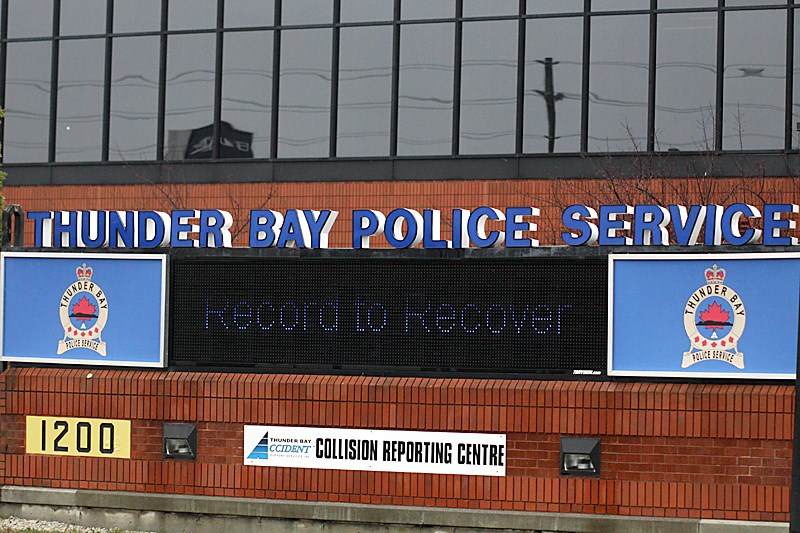THUNDER BAY - Direct interactions with members of the Thunder Bay Police Service have been positive according to respondents of the most recent Citizen Satisfaction and Trust Survey, but for those who identify as Indigenous or racialized, perceptions of the Service as a whole is much different.
The results of the 2019 Citizen Satisfaction and Trust Survey were presented to the Thunder Bay Police Services Board and the numbers show both similarities and differences in the responses and how the public participated in the survey.
“They showed some similarities and differences,” said Leisa Desmoulins, an assistant professor in the Faculty of Education at Lakehead University and a consultant for the Thunder Bay Police Service.
“The real similarities in terms of the satisfaction with experiences with individual police members as well as the people who work with the 911 service. It also showed they had very similar perceptions of the safety of Thunder Bay.”
The survey was first launched in 2018 and in 2019 a total of 1,848 people responded to the survey, with 1,421 participating online and 427 responding in-person.
Of those who responded online, 80 per cent identified as white, with 9 per cent identifying as Indigenous and 1 per cent as belonging to another racialized group.
For those responding in-person, 40 per cent identified as white, while 27 per cent identified as Indigenous, and 18 per cent belonging to another racialized group.
Online respondents between the ages of 45 and 65-years-old made up the largest demographic with 43 per cent of respondents, while the age range of between 18 and 24-years-old made up 48 per cent of in-person responses.
“In terms of differences, there were differences in the demographics in the two groups,” Desmoulins said. “The online group was older, had more white respondents, and fewer Indigenous and racialized respondents.”
The majority of respondents indicated positive experiences when dealing directly with members of the Police Service, with 88 per cent online and 86 per cent in-person reporting they were treated with respect.
Respondents also indicated confidence in calling 911, with 58 per cent online and 59 per cent in-person responses strongly agreeing.
“The real differences we saw were around the trust issues,” Desmoulins said. “On questions of trust, we saw that younger Indigenous and more racialized respondents, those in person respondents, had far less trust in the organization.”
When asked if the Police Service is sensitive to the needs of the respondent’s specific group, 47 per cent responding online said yes, while only 28 per cent responding in-person agreed.
The numbers were similar when asked if the Police Service does a good job at treating people fairly, with 54 per cent online agreeing and only 26 per cent in-person agreeing.
As to whether the Police Service is doing a good job at building relationships with community members and groups, 49 per cent online agreed it is, while only 23 per cent responding in-person agreed.
In terms of perceptions of safety in the city, the numbers were relatively split, with 35 per cent online and 37 per cent in-person saying the city is ‘somewhat safe,’ while 34 per cent online and 32 per cent in-person saying it is ‘not very safe.’
After the results of the survey were presented, several Police Service Board members questioned the sample of respondents and if the survey may have contained selection bias.
“The concerns about selection bias are concerns for any survey,” Desmoulins said. “I think there can be process put in place but the more process you add in terms of tightening up a survey, the more that costs. So it’s always a question of how much you can do and how much money you have and how much time you have. Those are certainly things we can look at.”
Desmoulins added that postal codes of those who participated in the survey online and in-person line up.
“I think at this point in the survey and the trust that isn’t quite there yet for younger and racialized respondents, we need to hear from them,” she said. “If they are not online, this is the best way we have to hear their perspectives.”
It is recommend the Police Service repeat the in-person survey to see if the results stay consistent, as well as increase the in-person sample size, and gain a more representative sample size in the online survey.
“The Thunder Bay Police Service needs to figure out how to do things to increase trust and see if that leads to more people who are younger, Indigenous, racialized going online,” Desmoulins said. “It would be good to have everyone in one place and it would signal that people have more trust if they went online.”
